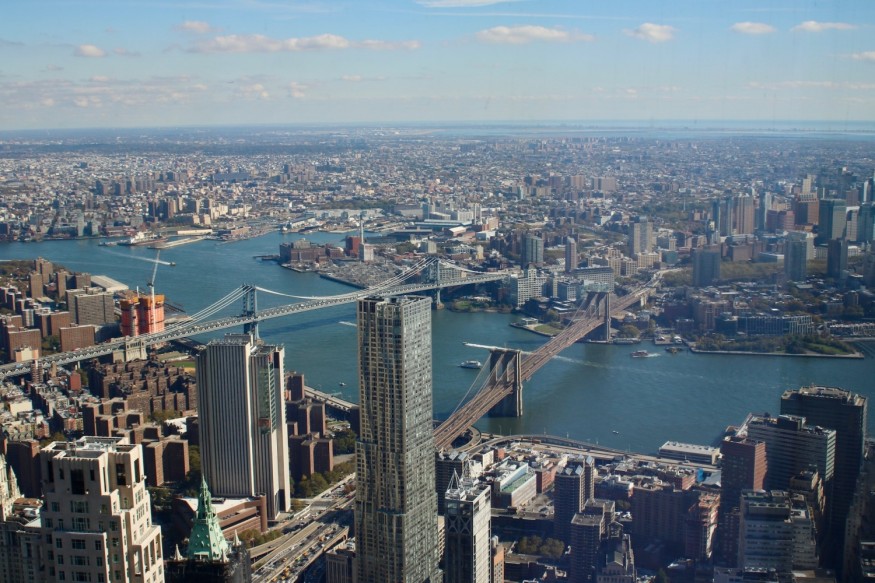The urban heat island effect is a phenomenon known to occur in urban areas, which experience warmer temperatures compared with their surrounding rural areas.
Recorded evidence suggests that this extreme climatic event leads to not only higher daytime temperatures but also decreased nighttime cooling and higher air pollution levels, according to the United States Environmental Protection Agency (EPA).
Now, a new study led by the U.S. Geological Survey (USGS) showed that dozens of US cities are experiencing the urban heat island effect, showing that they have increasingly gotten warmer over the past several decades.
Affected major US cities include New York, Los Angeles, and Miami, indicating that not one single region in the continental US is safe from the impact of climate change-induced extreme heat.
Urban Heat Island Effect

In the USGS study reported on Friday, December 15, researchers found that the urban heat island effect is detected in the majority of US cities, wherein 47 out of 50 experienced significant warming between the years 1985 and 2020.
Across all 50 cities, the scientific paper found an average warming of 5.19 degrees Fahrenheit, with the highest intensities detected near the West Coast and across the eastern third of the country.
Data from the research shows that the US cities with the highest rate of increased intensity include the following:
- San Antonio
- Houston
- Los Angeles
- Portland
- San Francisco
- Miami
- Jacksonville
- Birmingham
- Raleigh
- Columbus
- Jacksonville
- Atlanta
- New York
The USGS also reported that other cities like Seattle, Little Rock, Memphis, Milwaukee, Boston, and Philadelphia have also experienced significant temperature increase for decades amid the context of anthropogenic climate change and global warming.
US Heat Wave
Considering other factors related to the US urban heat island effect, is the massive heat wave that has blanketed the country at certain periods in recent years, wherein heat-related deaths have been reported, especially during the summer season.
According to the government-initiated Global Change Research Program, heat waves are occurring frequently than usual in major cities across the US, ranging from an average of two heat waves per year in the 1960s to over six heat waves per year during the 2020s.
Furthermore, the average heat wave season across 50 major cities in the US is 49 days longer than it was during the 1960s.
Is Climate Change to Blame?
Although human-induced climate change, caused by greenhouse gas emissions and fossil fuel burning, is a significant factor as to why urban areas experience warming, other reasons contribute to urban heat island effect.
The EPA identifies that "urban heat islands" occur when humans replace cities' natural land cover with dense concentrations of concrete, including buildings and pavements that absorb and retain heat. This phenomenon also increases energy costs, heat-related illnesses, and mortality, according to the US government agency.
On the other hand, authorities say that green roofs, trees, and vegetation can reduce urban heat island effects by deflecting solar radiation, covering building surfaces, and releasing moisture in the atmosphere.
Related Article: Intense Heat is Deadlier Than Hurricanes, Tornadoes
© 2025 NatureWorldNews.com All rights reserved. Do not reproduce without permission.





